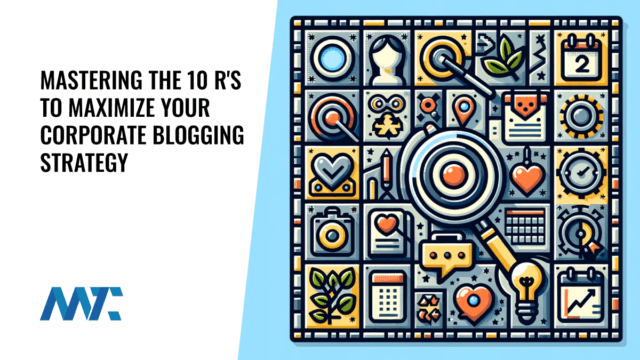Companies blog for several strategic reasons, which can play a pivotal role in their broader sales and marketing efforts:
To Drive Traffic: Blogging increases a company’s visibility on search engines. Regularly updated content indexed by search engines drives new visitors to the company’s website, which can be converted into leads.
To Establish Authority: By publishing informative and expert content, a company can establish itself as an industry leader, building trust with its audience.
For Lead Generation: Each blog post offers a new opportunity to generate leads. Calls-to-action (CTA) within the posts can lead to more direct engagement with products or services.
To Foster Community and Engagement: Blogs provide a platform for companies to engage with their customers more conversationally, fostering a sense of community.
To Support Sales and Marketing Efforts: Blogging about product use cases, success stories, and how-to guides directly supports sales by educating potential customers about the value proposition.
To Increase SEO: Fresh content is key to outperforming competitors in search engine results. The use of keywords and topics that your customers frequently search for can improve SEO.
To Communicate Company News: Blogs are a direct communication channel to announce corporate news, updates, product launches, and other important information.
To Build a Brand Voice: Blogs allow companies to showcase their personality, culture, and values, helping to differentiate them from competitors.
To Educate: Companies use blogs to educate their clients and prospects, simplifying complex industry issues and solutions and helping clients make more informed decisions.
To Provide Value: Through tips, insights, and industry analysis, blogs provide value to readers, which can build loyalty and brand preference over time.
To Control the Narrative: By publishing their own stories and perspectives, companies can have more control over the information that is available about them online.
Blogging remains vital to a company’s content strategy, aligning with its overarching goals to attract, educate, and convert its audience while enhancing brand reputation and online presence.
A Roadmap to Building a Resource-Rich Content Library
In the digital age, where content is king, companies must craft a strategy that doesn’t just reach audiences but resonates with them. Enter the 10 R’s of Content Creation: a holistic approach to developing a company blog that serves as a cornerstone for growth, engagement, and conversion. This strategy is not just about churning out content; it’s about creating a library as rich and dynamic as the marketplace it thrives in.
By focusing on research, relevance, resourcefulness, and seven other crucial R’s, businesses can curate a content experience that not only informs but inspires its clientele to act, engage, and convert:
Research: Thoroughly research your target audience, industry trends, and keywords. This will help you create targeted and valuable content for your readers.
Relevance: Ensure your content is highly relevant to your audience’s needs and interests. This can include corporate news, industry developments, and practical resources that aid client success.
Resourcefulness: Provide a wealth of information by creating comprehensive guides, how-to articles, and use cases that showcase your product’s or service’s utility in real-world scenarios.
Regular Updates: Maintain a regular publishing schedule to keep your content fresh and encourage repeat visits. This will also help improve your search engine rankings by signaling that your site is active.
Rich Media: Incorporate various types of content such as videos, infographics, podcasts, and webinars to cater to different learning styles and preferences.
Recognition: Share awards, recognitions, and testimonials to build credibility and trust. Highlighting positive feedback and achievements sets a standard of excellence and success.
Retention: Create content that attracts new visitors and helps retain existing clients. Include advanced tips, insider insights, and client support information.
Repurposing: Efficiently utilize your content by repurposing it into different formats. A blog post can be turned into a video, an infographic, or a podcast episode to maximize reach.
Response: Encourage and respond to comments on your blog posts to foster a community and show that you value feedback.
Reporting: Use analytics to track which types of content perform best and refine your strategy accordingly to maximize the impact of your content library.
By focusing on these R factors, your company blog can become a robust information hub that informs, engages, and retains a dedicated readership. Mixing content that supports the sales process, such as customer success stories, product updates, and content that addresses common sales objections or customer pain points, is also beneficial.
©2023 DK New Media, LLC, All rights reserved.
Originally Published on Martech Zone: Mastering the 10 R’s To Maximize Your Corporate Blogging Strategy

